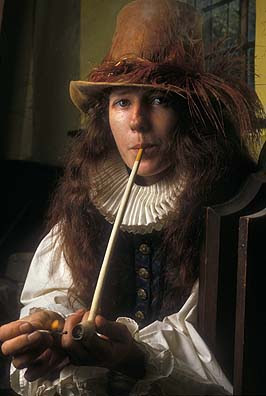 When I said that sidelight was the ‘star of the show’ I meant it. It is not always ideal for making attractive women look more glamorous, but when you want to bring out the character in your subject, it can work extremely well. For portraits, it is really very easy to create with a flash attached to the hot shoe of your camera. The soft sidelight in the picture of the girl in period costume was done simply by pointing the flash at a large reflector positioned out of shot on the left. I have used a fairly fast shutter speed 1/160sec to cut out most of the ambient light in the background, which has gone quite dark - just the effect I was looking for. What could be easier?
When I said that sidelight was the ‘star of the show’ I meant it. It is not always ideal for making attractive women look more glamorous, but when you want to bring out the character in your subject, it can work extremely well. For portraits, it is really very easy to create with a flash attached to the hot shoe of your camera. The soft sidelight in the picture of the girl in period costume was done simply by pointing the flash at a large reflector positioned out of shot on the left. I have used a fairly fast shutter speed 1/160sec to cut out most of the ambient light in the background, which has gone quite dark - just the effect I was looking for. What could be easier?Remember, flash is an instant burst of light. If you are shooting in a room that is also brightly lit by daylight coming in through the windows or strong artificial light, and the shutter remains open after the flash has fired (slow shutter speed), you will ‘gather’ more light in the camera. This can be a very effective technique for certain subjects. It can ruin others.
Now take another look at the portrait posted in part 2 of the chap kippering his lungs with the roll-up cigarette. This time I have bounced the flash off a light-coloured wall off to the left and used a slow shutter speed, 1/15sec. This has ADDED some ambient light which has helped fill the shadows on the right side of his face. The slight blurring of the smoke is evidence of that slow shutter speed. The flash has gone off and lit his face on the left of the picture, but the shutter has remained open long enough to gather some available light on the right. A very different effect from that picture of the girl in costume, but it has worked in this situation.
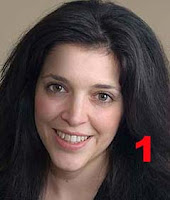 1
1I have bounced the flash off a light-coloured surface to my right. This creates good sidelight which has lit the model’s hair nicely and given shape and form to her face. The nearer the flash is to the reflective wall, the stronger the shadows will be. The effect was done by using the set-up in 2
3
If you want to soften those shadows, simply put another reflector opposite the flash. This lovely, soft, flattering light is created by pointing a flash at a wall to the right of the model while placing another white reflector to the left. This reflector helps fill any shadows created by the sidelight
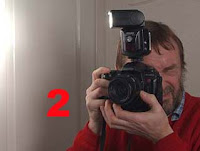 4
4Some flash guns do not articulate to the sides – they will only point dead ahead and upwards. Don’t forget you can reflect these flash guns off a wall to create sidelight if you turn the camera on its side and shoot in portrait format. The most versatile flash guns have a light head that can be swivelled both upwards 90 degrees, and also to either side and directly backwards – away from the subject. Almost any angle of light reflection can be achieved with this type of flash gun.
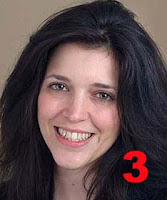
Flash is the most portable, convenient and versatile light source you can use, but a moveable flash head that can be aimed in all directions is essential if you are to achieve the most from a flash unit when it is attached to your camera
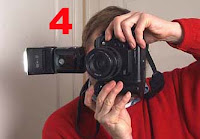
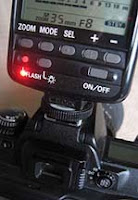

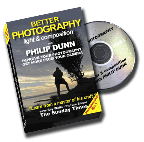
No comments:
Post a Comment